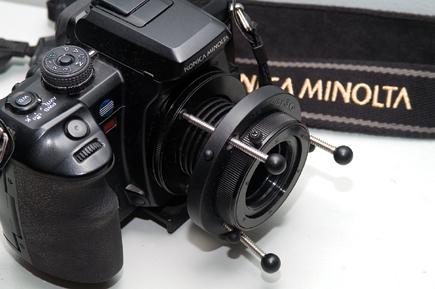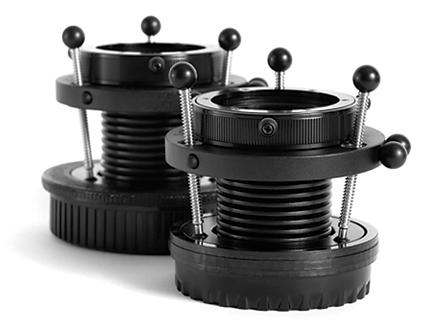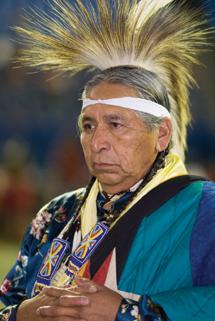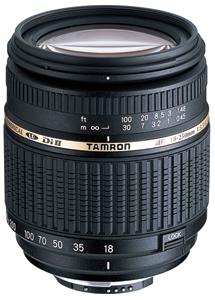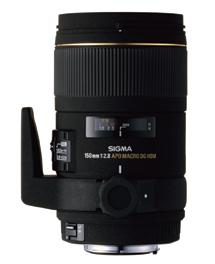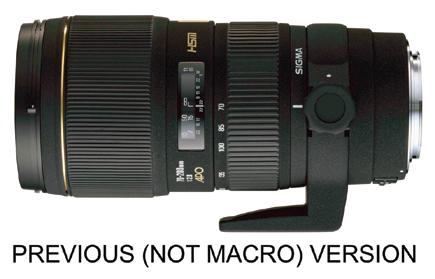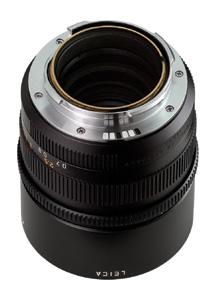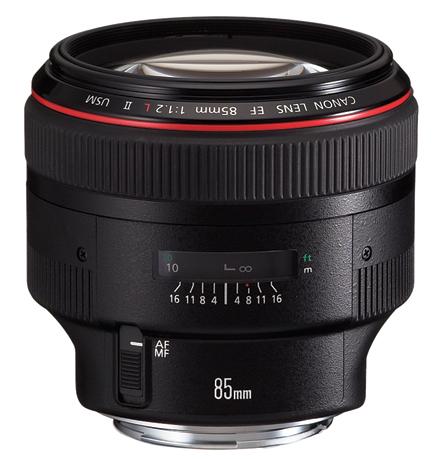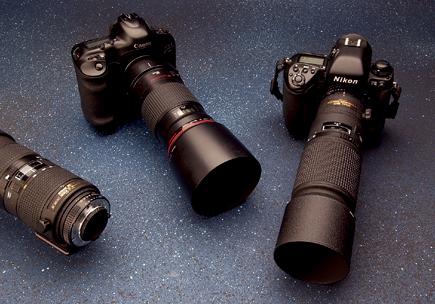|
Aug 01, 2007 |
|
Aug 01, 2007 |
|
Aug 01, 2007 |
|
Aug 01, 2007 |
|
Aug 01, 2007 |
|
Jun 01, 2007 |
|
Jun 01, 2007 |
|
May 01, 2007 |
|
Dec 01, 2006 |
|
Dec 01, 2006 |
|
Nov 01, 2006 |
|
Aug 01, 2006 |
